The (Un)Lucky 13: Examining The 13th Studio LPs Released By 10 Notable Acts
By Team JamBase Oct 7, 2016 • 10:26 am PDT
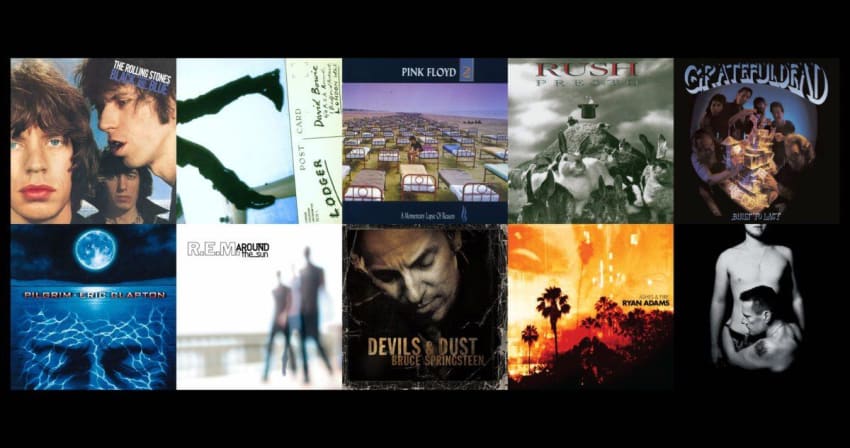
Phish today released their 13th studio album Big Boat. Produced by Bob Ezrin, the 13-track effort features a mix of road-tested material and brand-new tunes that puts the Phab Phour among a group of rock acts that have managed to combine both career longevity and continued musical creativity. The release finds the venerable Vermont jam act comfortably settling into their third decade together with a batch of songs that are some of their most personal and reflective to date.
While bands are often wary of the dreaded sophomore slump, hitting a mid double-digit album output doesn’t always correlate with critically acclaim and/or fan enthusiasm for new material. While Phish’s latest seems to be garnering positive buzz this got us thinking around JamBase HQ about what other bands have managed to hit the “(Un)Lucky 13” album mark and at what point into their career the release happened.
The Rolling Stones – Black And Blue (1976)
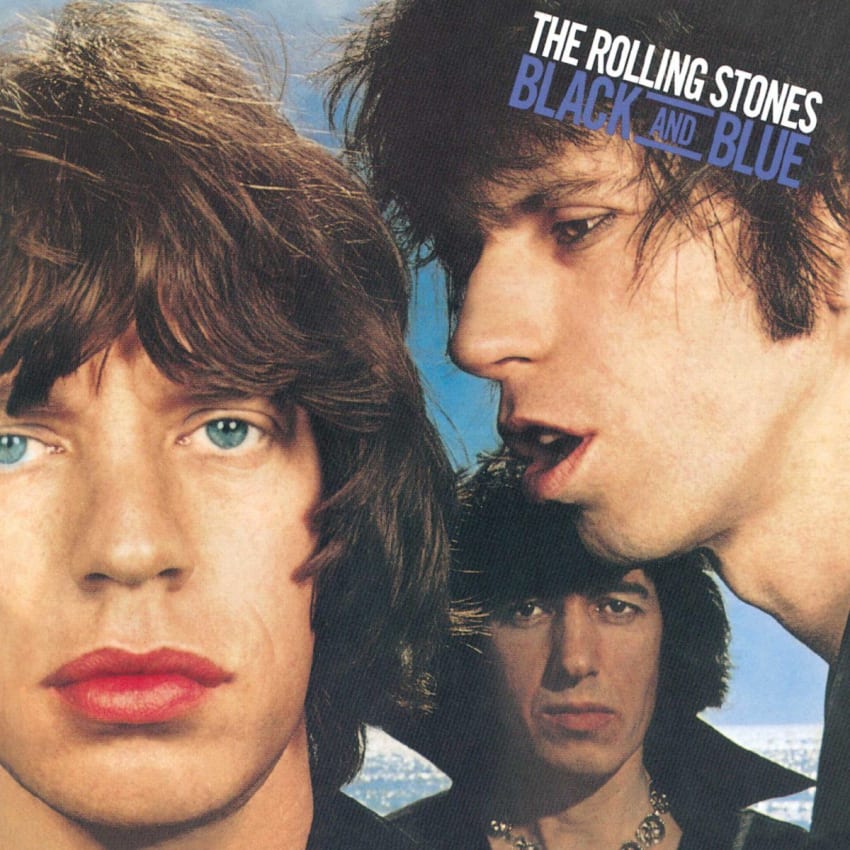
Among The Rolling Stones’ 1970s output, Black And Blue may largely be overlooked when standing up against the likes of Exile On Main Street, Sticky Fingers and even Some Girls. Released on April 23, 1976, the album was the band’s first with guitarist Ronnie Wood, and found The Stones adding funk, reggae and disco sounds to their arsenal of blues rock. Filled with loose grooves, the album comes off more like a Stones band rehearsal than a focused attempt at a cohesive record. In his review for Creem magazine, famed rock critic Lester Bangs decried, “this is the first meaningless Rolling Stones album … the heat’s off, because it’s all over, they really don’t matter anymore or stand for anything.” The album may actually be most famous for the controversy stemming from its ad campaign that featured model Anita Russell bounded S&M-style and bruised that read “I’m Black And Blue from the Rolling Stones – and I love it!” The ad ran in Rolling Stone, as well as on a giant billboard on Lost Angeles’ Sunset Strip. Various feminist groups including Women Against Violence Against Women were justly upset over the image leading to organized protests around the county. Soon after Atlantic Records took the billboard down and along with its parent company Warner rightfully agreed to stop creating advertising that featured depictions of violence against women.
David Bowie – Lodger (1979)
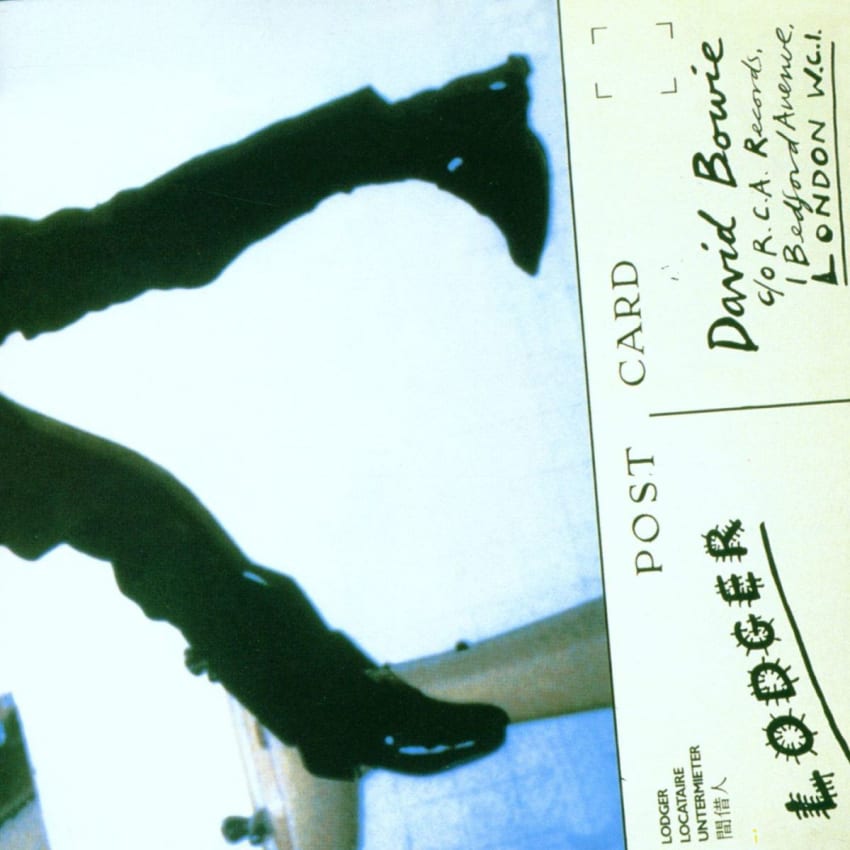
Completing what became known as the “Berlin Trilogy” along with his prior two released albums “Heroes” and Low in 1977, David Bowie was living in the West German city at this noteworthy period in his eclectic career. The era saw Bowie eschew pop music in favor of more experimental sounds, delving into electronic and ambient music and incorporating the German stylized krautrock into his records. While longtime producer Tony Visconti was again on board for Lodger it was the influence of collaborator Brian Eno that truly shaped the sound of the trio of records that concluded with this LP. Frequent Bowie guitarist Carlos Alomar, bassist George Murray and drummer Dennis Davis contributed to the sessions, as did others such as Adrian Belew, Simon House and Roger Powell. While it didn’t contain any of Bowie’s particularly well-known songs or hits, the record served to punctuate significant period in the late musician’s ever-evolving career.
Pink Floyd – A Momentary Lapse Of Reason (1987)
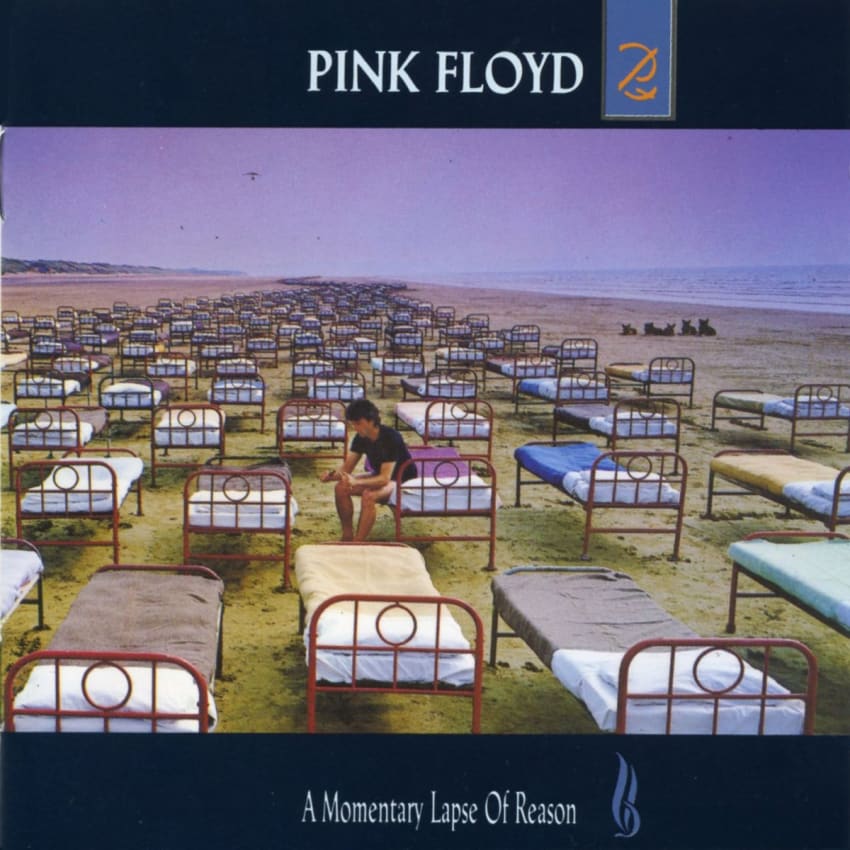
For all intents and purposes A Momentary Lapse Of Reason could essentially be considered a David Gilmour solo album. Released on September 7, 1987, the record was the band’s first after the departure of their primary songwriter and founding member Roger Waters who declared Pink Floyd “a spent force.” The album was also marred by a contentious lawsuit over the use of the name Pink Floyd, which Waters owned and wasn’t resolved until several months after its release. While A Momentary Lapse Of Reason was a commercial success, debuting at No. 3 on both the U.S. and U.K. charts and ultimately being certified quadruple platinum, it was a markedly different Floyd album with Waters out of the fold. With no central themes like its more famous predecessors it received mixed reviews from the press. Waters, who was still bitter over the band continuing on without out him, was also very vocal critic of the release calling it a “quite clever forgery…The songs are poor in general; the lyrics I can’t quite believe. Gilmour’s lyrics are very third-rate.” Fans on the other hand didn’t seem to mind as they gobbled up tickets for the band’s subsequent world tour behind it, despite Waters best efforts to threaten promoters with a lawsuit over the use of the name Pink Floyd as well. The band’s 200-date worldwide tour last nearly three years, and yielded the live album Delicate Sounds Of Thunder which was released in November of 1988.
Rush – Presto (1989)
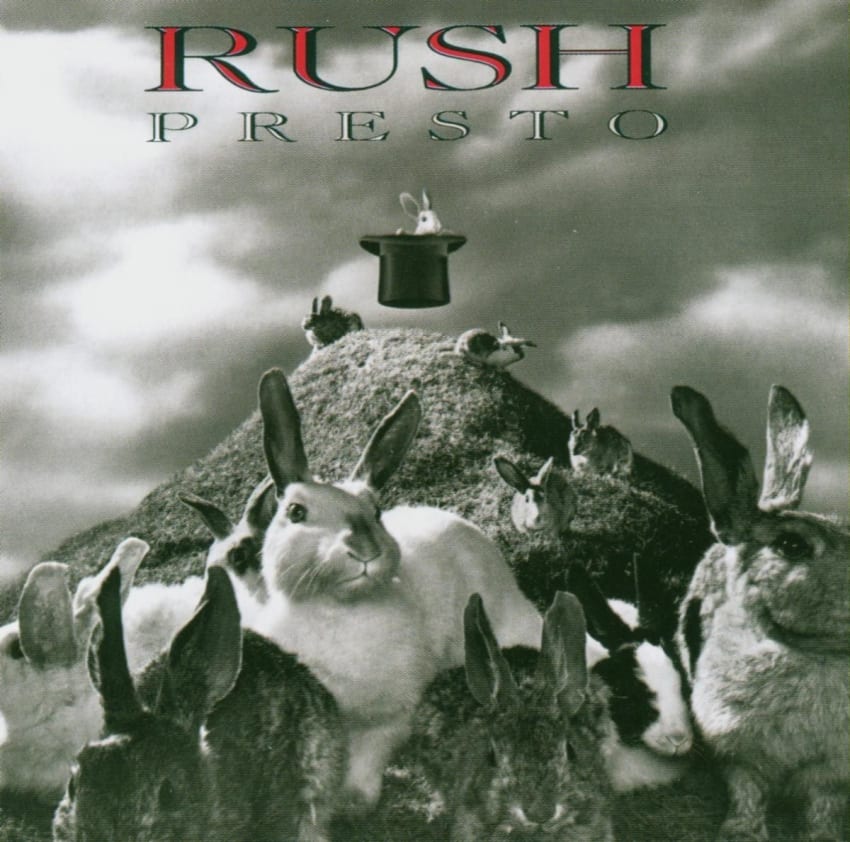
In between Rush’s synthesizer heavy albums such as 1982’s Signals and 1985’s Power Windows and their return to their hard rocking roots on Counterparts in 1993 and Test For Echo in 1996, the Canadian trio released Presto in 1989. Rush enlisted Rupert Hine to co-produce their 13th studio album, which was their first for Atlantic Records after spending most of their career with Mercury/PolyGram. That Rush didn’t include any Presto tracks in the setlist for their career-spanning R40 40th Anniversary Tour says a lot. While “Show Don’t Tell” scored them a hit on rock radio none of the 11 tunes on the album stand out anywhere near the best of the Rock And Roll Hall Of Famers’ best output. Geddy Lee, Neil Peart and Alex Lifeson were at a musical crossroads over 15 years into their career and would return to form two years later with the more impressive Roll The Bones. Presto is one of the more forgettable of Rush’s 20 studio albums.
Grateful Dead – Built To Last (1989)
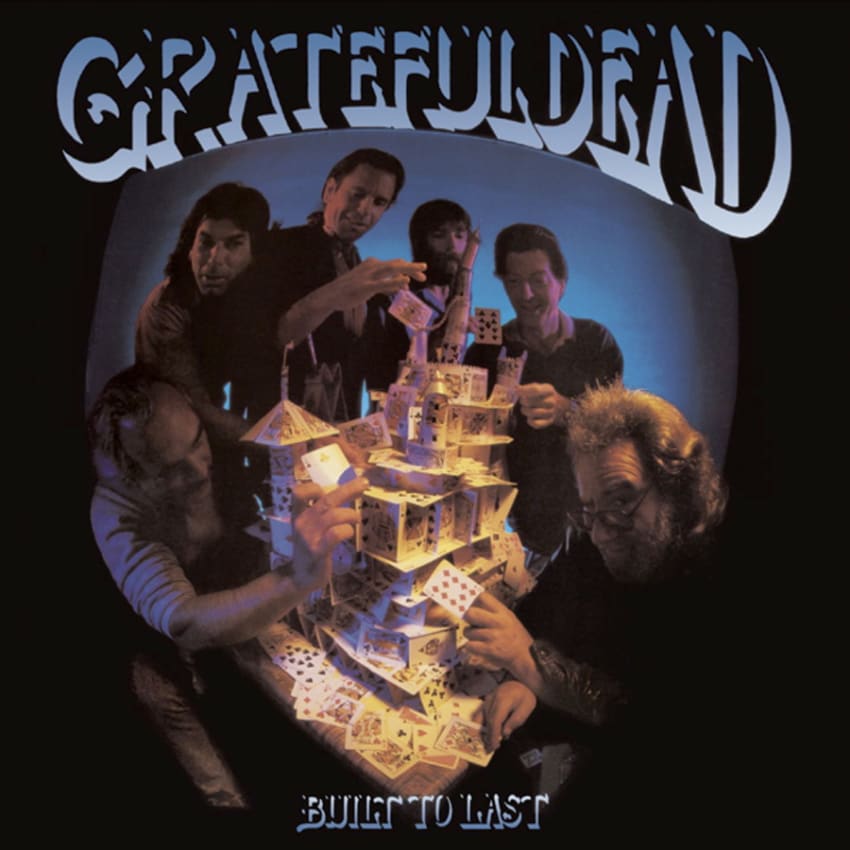
Released on Halloween in 1989, Built To Last turned out to be the Grateful Dead’s final studio album, and arguably one of their most maligned. The band was just two years removed from the unexpected success of In The Dark, their first record to crack the U.S. Top 10 thanks in part to “Touch of Grey” – their lone Top 40 single. Firmly ensconced in their “TouchHead” period, expectations were high for a follow up to the double-platinum sales of their previous release. The nine-track effort reflects the creative state of The Dead at the time with keyboardist Brent Mydland at the center with four songs to his credit with Jerry Garcia and Bob Weir contributing three and two respectively. The band was reportedly on the hook to Arista Records to finish the record for a Halloween release, with the band members later admitting that production had been rushed. Phil Lesh told the Grateful Dead Reader – ‘I really believe if we hadn’t had a deadline imposed on us by the record company on Built To Last, we probably would’ve gone back and done the whole thing over again more in line with how we did In the Dark.’ To modern listeners the record is a time capsule of slick 1980s production techniques and MOR bluesy power ballads. Sadly, Mydland would die less than year after the release of Built To Last resulting in the loss of his songs to The Dead’s setlists, “Standing on the Moon” is truly the highlight track of the lot, the aching lament stands out among Garcia and Robert Hunter’s stand out later day collaborations.
Eric Clapton – Pilgrim (1998)
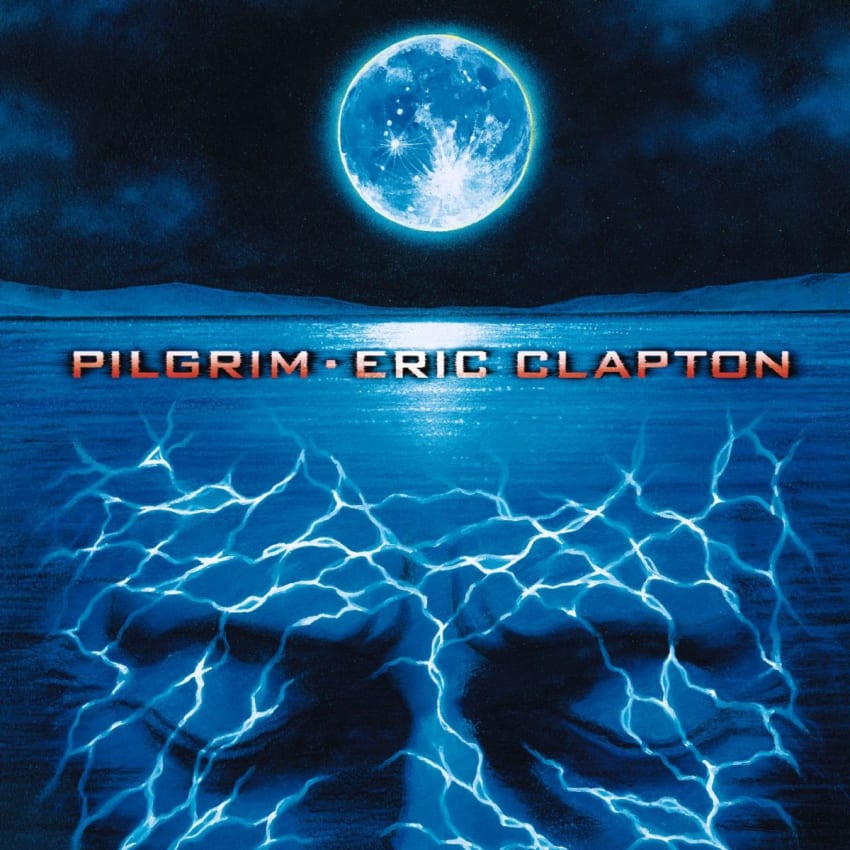
From 1970 through 1989, Eric Clapton was churning out albums at a fast and furious pace, with a five-year stretch in the mid-70s that saw him release one per year. Having moved away from his earlier “Clapton is God” guitar-shredding days, he reinvented himself into a radio-friendly singer-songwriter. As he moved into the 1990s, Clapton was reaching a whole generation of fans thanks to the massive success of his 1992 MTV Unplugged album. The record was Clapton’s first solo album to top the charts while also netting him three Grammy awards on its way to selling a staggering 26 million copies worldwide. The decade also saw Slowhand return his first passion – traditional blues music with his 1994 covers album From the Cradle, and his second consecutive No. 1 record. In March of 1998, Clapton released its follow-up Pilgrim, his first album off original material in nearly a decade. Clocking in at 75 minutes, the 14-track effort found Clapton lyrically continuing to deal with the tragic loss of his young son Conor.
R.E.M. – Around The Sun (2004)
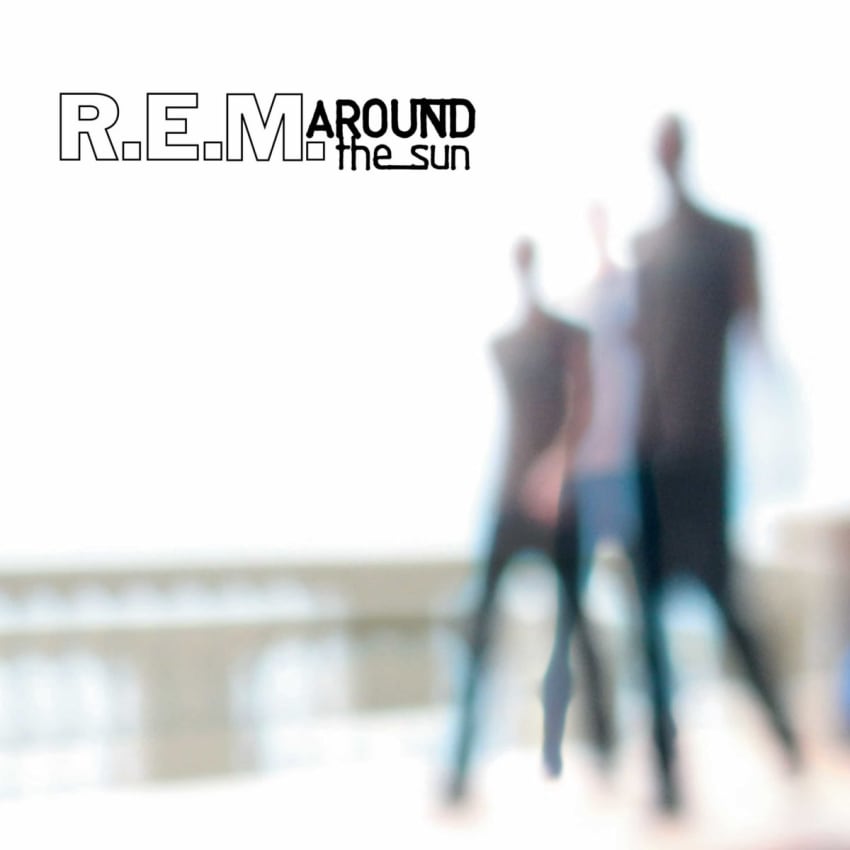
On October 5, 2004 R.E.M. released their 13th studio album, Around The Sun, which just so happens to have 13 tracks. R.E.M. was a 23-year-old band at the time and Around The Sun came 21 years after their full-length debut, 1983’s Murmur. At this point in their career the group had settled into a pattern or releasing a new record every two or three years. Around The Sun was the first R.E.M. album to miss the U.S. Top 10 in 16 years, the band members didn’t seem to like the album either. In 2008 R.E.M. hit the road for the first time for the Around The Sun Tour and as per Wikipedia, “the band ignored everything from Around The Sun during a majority of shows during the tour.” In a 2008 interview with the Atlanta Journal-Constitution, guitarist Peter Buck bagged the LP, as he told the paper that Around The Sun “just wasn’t really listenable, because it sounds like what it is, a bunch of people that are so bored with the material that they can’t stand it anymore.” None of the tracks from the LP stand out 12 years later and R.E.M. was done as a band by 2011.
Bruce Springsteen – Devils & Dust (2005)
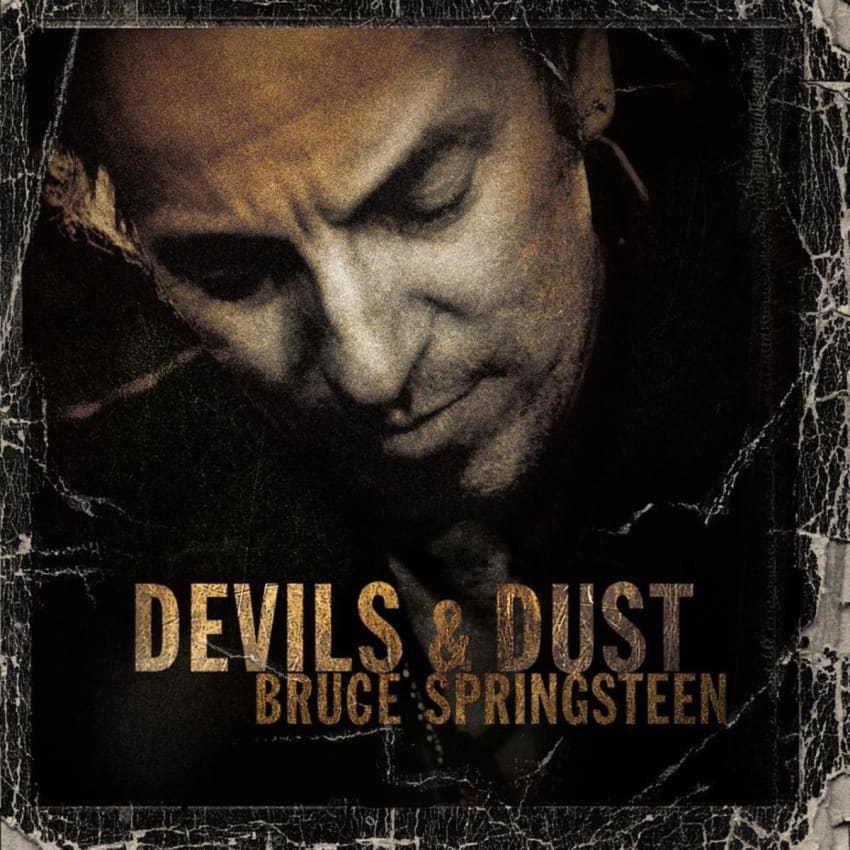
It seems as if Bruce Springsteen should have blown way past the 13 album mark at the time of the release of Devils & Dust in 2005, but it was just his second record issued in a decade. The album found Springsteen returning to his folkie side, offering up a somber acoustic affair akin to The Ghost of Tom Joad and Nebraska. The majority of the album’s 12 tracks dated back over a decade, and was seen by some as his reaction to the results of the 2004 election where he publicly campaigned for John Kerry. The New York Times called it Springsteen’s ‘family-values album’, with The Boss telling the paper “in every song on this record, somebody’s in some spiritual struggle between the worst of themselves and the best of themselves, and everybody comes out in a slightly different place. That thread runs through the record, and it’s what gives the record its grounding in the spirit.” The album was Springsteen’s fourth to debut at No. 1, and netted him five Grammy nominations. If there is such a thing of an overlooked or underrated Springsteen record, this would likely top the list.
Ryan Adams – Ashes & Fire (2011)
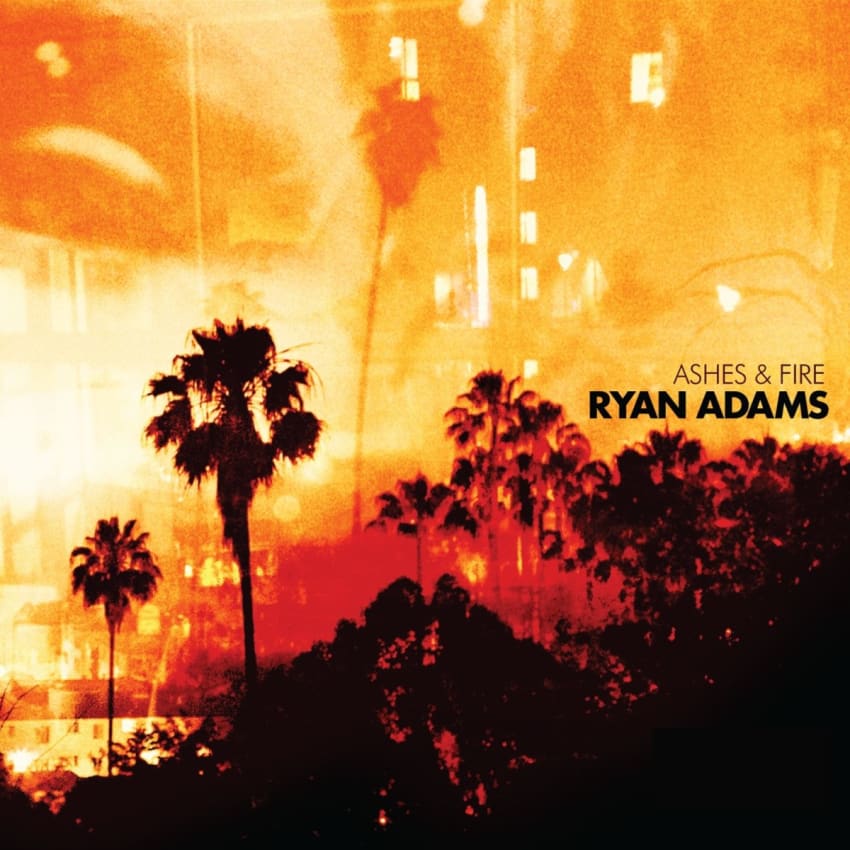
It’s no surprise to see Ryan Adams name on this list, he’s arguably one of the most prolific modern singer-songwriters going and likely abandoned more albums than he’s actually officially put out. Released on October 21, 2011, Ashes & Fire was Adams’ return to a true solo affair after splitting ways with his backing band The Cardinals. Prior to its release it seemed as new music from Adams may never come as he had announced his retirement from music stemming for his ongoing battle with the hearing disorder Meniere’s disease, posting on his website “maybe I will work my way back into some kind of music situation, but this is the time for me to step back now, to reel it in.” We also almost had a very different version of Ashes & Fire, as Adams told the The Guardian UK that he ‘thew out 80% of what he had’ after hearing Laura Marlings’ sophomore effort I Speak Because I Can. Produced by Glyn Johns (The Band, Eagles, The Clash), the 11-tracks found Adams returning the acoustic country-leanings of Heartbreaker and the ’70s AM folk-pop of Gold. While Adams continues to defy expectations from album to album (i.e. his reworking of Taylor Swift’s 1989), tunes like “Ashes & Fire,” “Lucky Now” and “Dirty Rain” have remained in his live repertoire as he alternates between solo and full band shows.
U2 – Songs Of Innocence (2014)
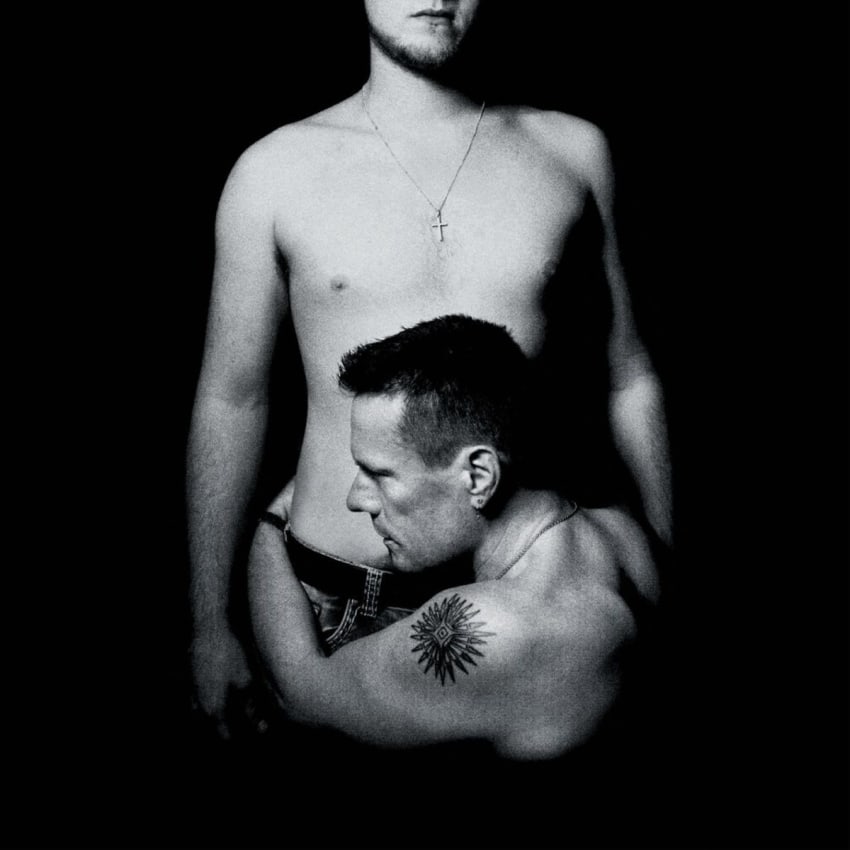
Out of all the albums on this list, U2’s Songs Of Innocence takes the cake as easily the most unlucky, and will likely remembered more for its marketing stunt than the actually music on it. In a partnership with Apple, the band gave away the album for free to all iTunes customers, roughly 500 million in total, most spending more time angrily trying to figure out how to delete it from their iPhones than actually listening to it. Produced in part by Danger Mouse, the album was Bono & Co.’s first in five and a half years, marking the longest gap between albums in the band’s career. While it was reported that some 81 million people had listened to it and 26 million people had downloaded Songs Of Innocence within its first month of release, the band’s distribution strategy was marred by negative feedback from both musicians, critics and fans. iTunes users took umbrage with the fact that it was added to their music library without consent and critical reception varied, often between new and old music outlets.
Here’s a Spotify Playlist of the 10 albums detailed above:
Compiled by Jeffery Greenblatt, Scott Bernstein and Andy Kahn
